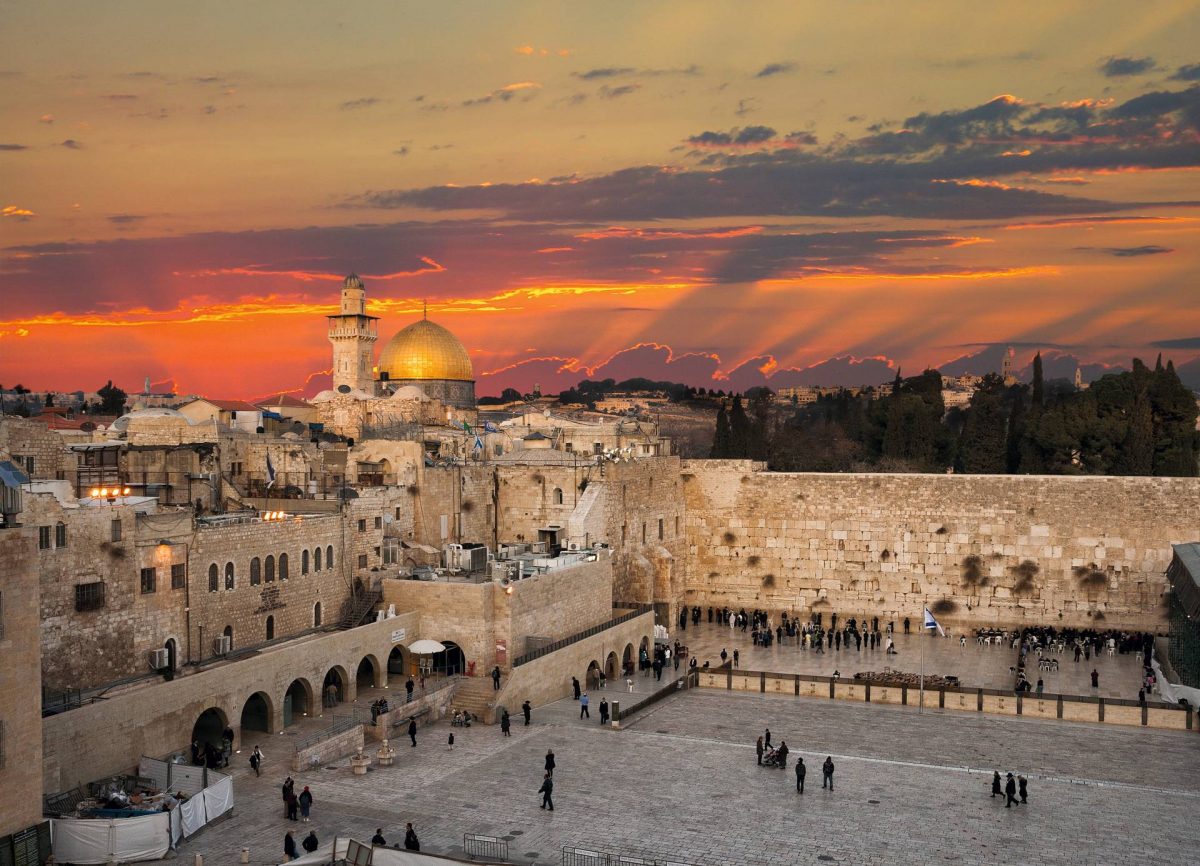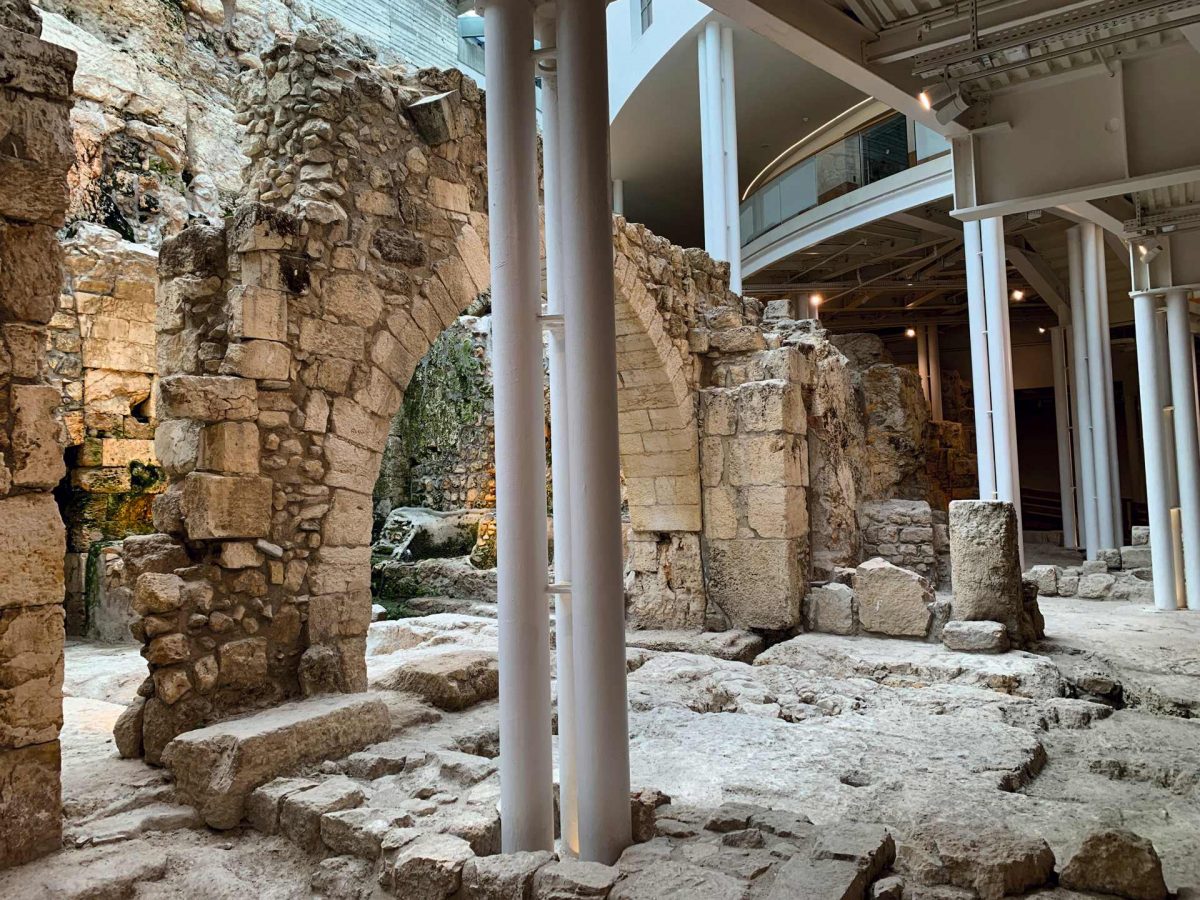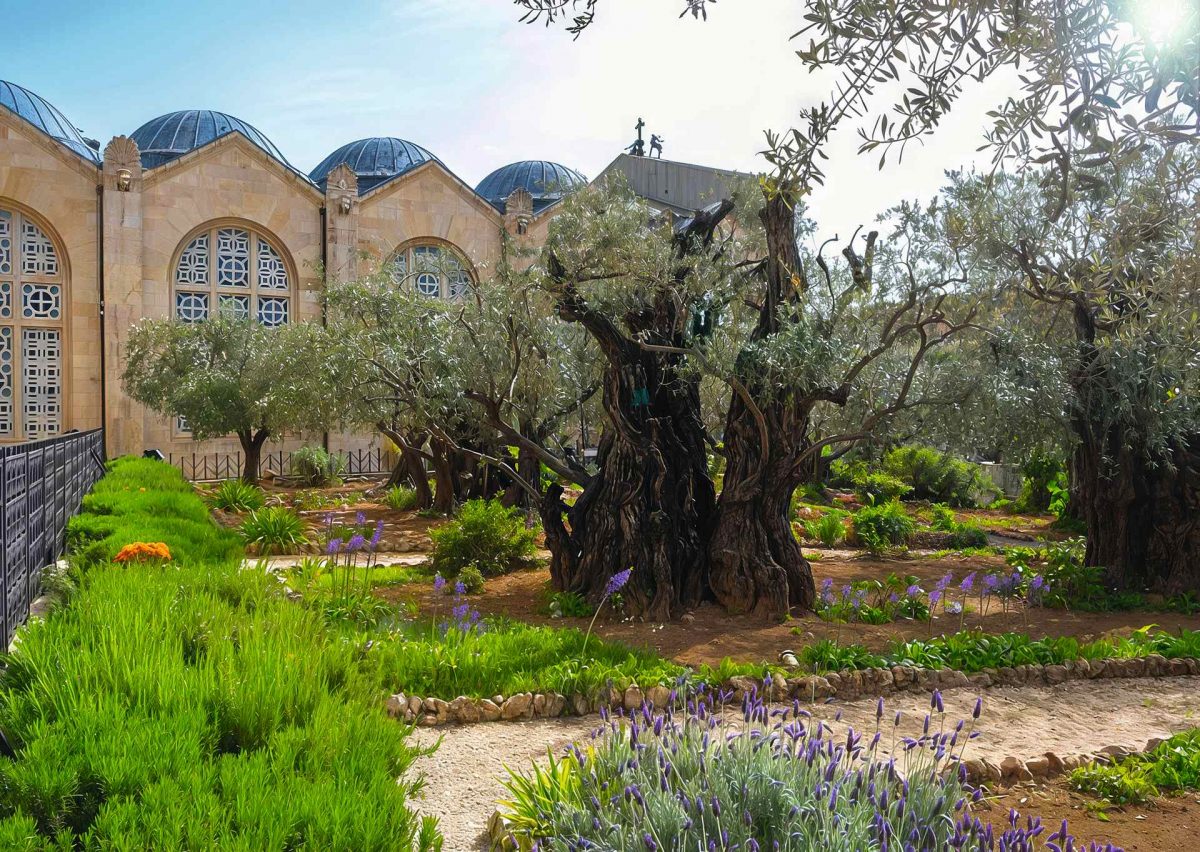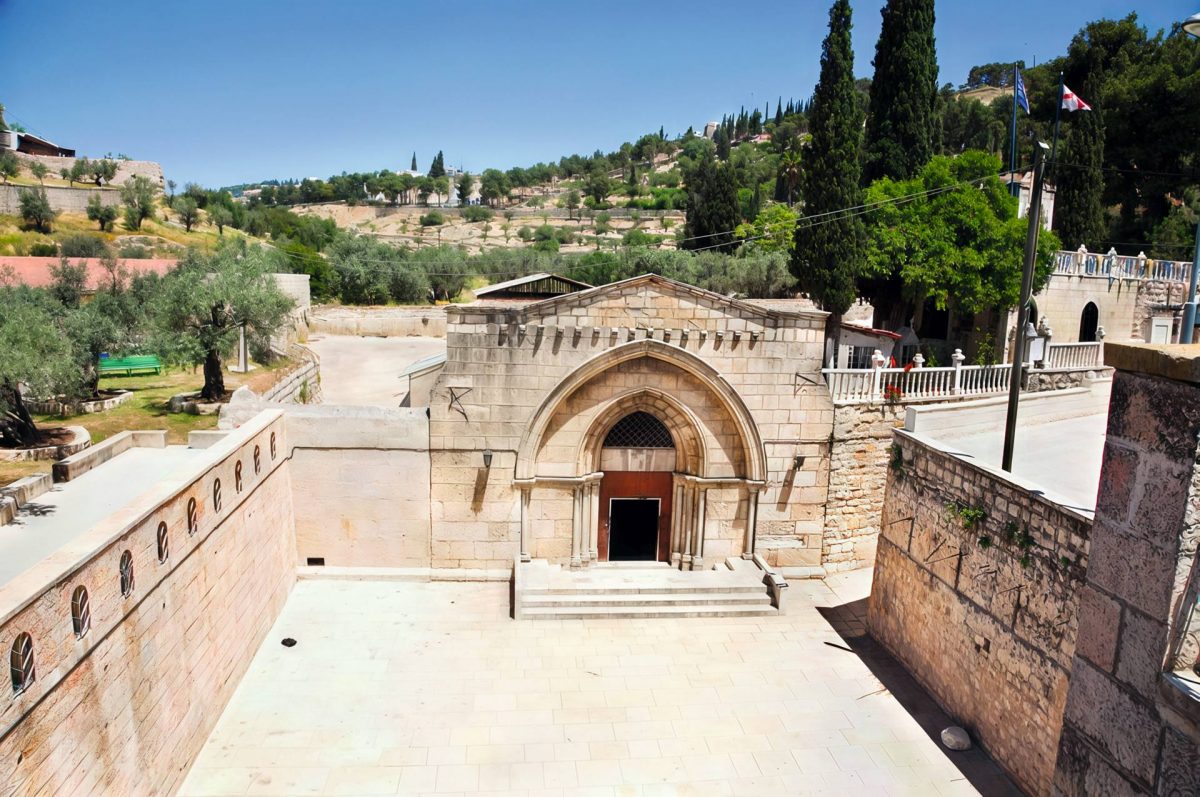In Jerusalem, tourists descend into tunnels near the Western Wall to discover ancient Roman streets and experience a virtual Temple.
People come to the Wailing Wall — known locally as the Western Wall — regardless of what’s happening in the world. Tourist numbers in Israel are currently lower than usual. This provides a rare opportunity to experience historical monuments and religious shrines in peace — to touch them, pause in silence, contemplate eternity, and make your most heartfelt wishes.

You can walk the Via Dolorosa and be amazed to find no queue at the Edicule in the Church of the Holy Sepulchre. Stroll quietly through the Garden of Gethsemane and reflect on your emotions at the Tomb of the Virgin Mary in the cave church. Cross the Valley of Hinnom on the new suspension bridge. And discover sections of the Western Wall that remained buried underground for centuries. To do this, we descend several meters into the Western Wall tunnels. And travel 2,800 years back in time.
Behind the archeological curtain
Glass and concrete, white metal columns and galleries — we’re unmistakably in the 21st century, inside the Western Wall Heritage Foundation building. Yet simultaneously, we’re at the dawn of our era and even centuries before. Below the modern galleries lies a Roman street with uneven stones, house walls, and arches. It resembles a cross-section of a 3D model of a new building. But everything here is authentic.
Archeologists have been conducting excavations here in central Jerusalem at the Western Wall since 1968. Their findings are now accessible to tourists. And it’s not just the discoveries — visitors can witness the ongoing work too. Right beside the Roman street stand tables and boxes containing recent findings. Archeologists are busy cleaning and examining vessels, coins, and stones. These artifacts will soon be sent to laboratories for detailed analysis, with the most valuable pieces destined for museums. There are plans to let tourists participate in the excavations. For now, though, visitors can only peek behind the archeological scenes. This is where history begins to come alive.

This street, 8 m wide, was constructed by Romans in 130 CE for Emperor Hadrian’s visit. It was complete with a roadway, sidewalks, and shops. Nothing has been reconstructed. Where ancient stones haven’t survived, simple concrete fills the gaps. That’s remarkably honest! It’s immediately clear what belongs to our time and what’s truly ancient. It’s breathtaking to realize that above us, supported by 60 pillars, is a plaza with people walking toward the Western Wall.
The hidden wall
But this is just the beginning — tunnels and stairs lead deeper into history.
…To the mikvehs — ritual purification baths. These still fill naturally with groundwater.
…To thirteen levels of the Western Wall that lay buried for 1,700 years. When first built on Temple Mount, the Western Wall stood nearly 40 m tall. Today, only 17 m are visible above ground. The underground stone rows remain pristine — untouched by wind, sun, or the generations who’ve passed through the Holy Land. Like the visible wall above, these stones too can be touched. And you can leave a note containing your prayers, requests, or deepest wishes. As with those placed above, these notes will be collected and taken to the Mount of Olives.
…To the largest stone in the Western Wall: 12 m long, 4 m high, weighing 570 tons — equivalent to two blue whales or 200 Indian elephants. How did they transport it to Temple Mount and raise it into position? Historians still haven’t found a definitive answer. But there’s wisdom here: this stone humbles everyone who sees it. And reminds us that humans can’t understand or explain everything.

…To a special spot closest to the Holy of Holies — the cornerstone, or foundation stone, that once stood in the Temple.
Back to the 21st century
Visitors can choose between two different tunnel routes, each taking just over an hour. Only certified guides lead these tours, following three weeks of training during which they study almost every stone. They’ll provide detailed explanations in Russian for pre-arranged group visits. Or in English for regular tours.
Naturally, a 21st-century tour offers more than just narrative. Holograms, maps, and historical figures come alive on the ancient stones. Spotlights highlight important details that might otherwise be missed in the underground dimness.

The tour concludes in a room with rotating chairs and VR headsets, offering virtual experiences of the Second Temple and Jewish festivals. Visitors watch an eight-minute animated presentation about Jerusalem’s history. Finally, they emerge onto an open terrace overlooking the sun-filled Prayer Plaza. Two millennia ago, a 57-meter-high white marble temple stood here. After its destruction, people began gathering at the surviving Western Wall of Temple Mount. Thus it became a sacred site for prayer and pilgrimage.
Photo: shutterstock.com, Julia Smirnova, Vostock Photo


